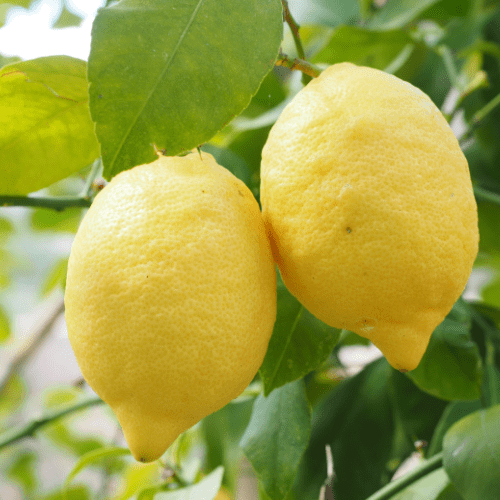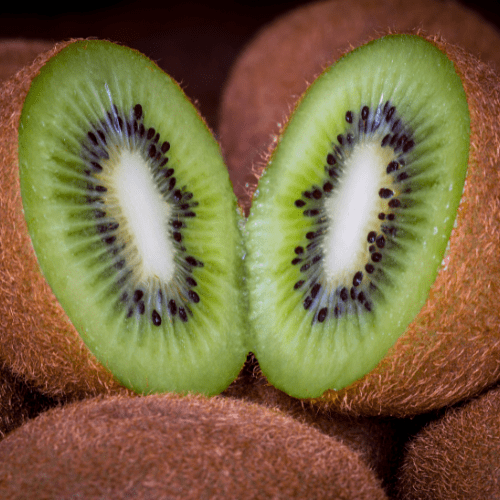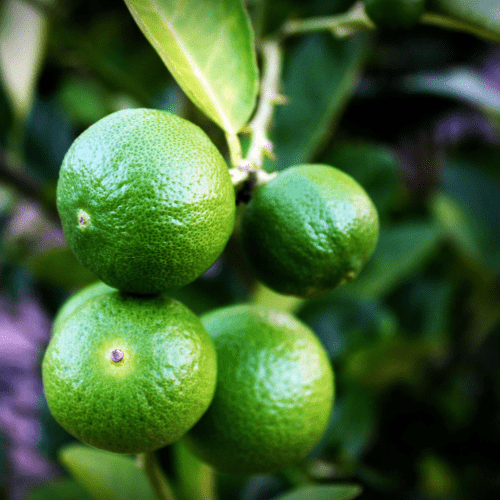Position
Eureka lemon trees thrive in warm subtropical and tropical climates. They prefer full sun but can tolerate some shade, although they are sensitive to cold temperatures and should be protected from frost.
Soil type
The optimal soil pH level for growing lemons and many other plants is 5.5 to 6.5. If the soil is too alkaline with a pH level of 7.0 or higher, then the iron in the soil becomes inaccessible to the lemon tree, leading to iron deficiency. Add at least one bag of acid compost when planting.
Mulch
Mulching around your tree with pine bark mulch makes it appealing and allows the soil to benefit from a constant supply of nutrients gathered by its slow decomposition process. Mulching will also keep the soil moist on warmer days, and pine bark adds a little aciditity to the sil as it decomposes.
Watering
Citrus trees need soil that is moist but not wet. The best method to water citrus trees is by watering deeply and infrequently. Water when the upper five cms of soil is dry. Test by pressing a finger into the soil down to the second knuckle and seeing if the soil feels dry or moist.
Fertilising
Eureka lemons benefit from monthly fertilising from April through September. Yellowing leaves are usually an indication that the tree needs fertiliser. Use a slow-release nitrogen-rich fertiliser, like our berry fertiliser (which is excellent for citrus) Apply 1 teaspoon of our berry fertiliser every 4-5 months.
Pruning
Prune your tree periodically to keep it healthy and in shape. Cut back the branches that do not produce fruit. This will allow the side branches to spread and grow into that space. The side branches will then be strong enough to bear the weight of the fruit. Cut any branches growing towards the trunk to increase airflow between the branches. The best time to prune is after fruiting.
Pests & Disease
Citrus trees are susceptible to aphids, red spider, and mildew. We recommend Effective Microorganisms to prevent the spread of these pests and diseases Spray the tree down harshly to remove the insects first the spray with Agricultural Neem Oil or Effective Microbials (EM Control ) from our store.
Harvesting
Harvest the lemons when they are fully coloured and firm to the touch. Lemons can be picked as needed and are typically ripe from late autumn through winter.






